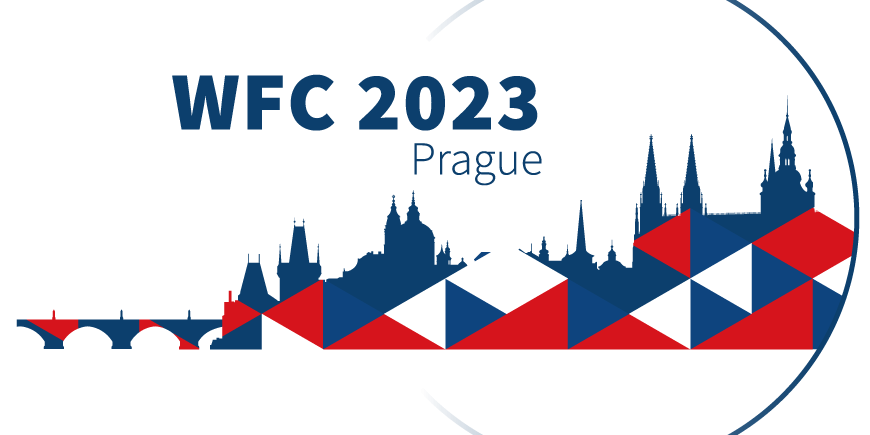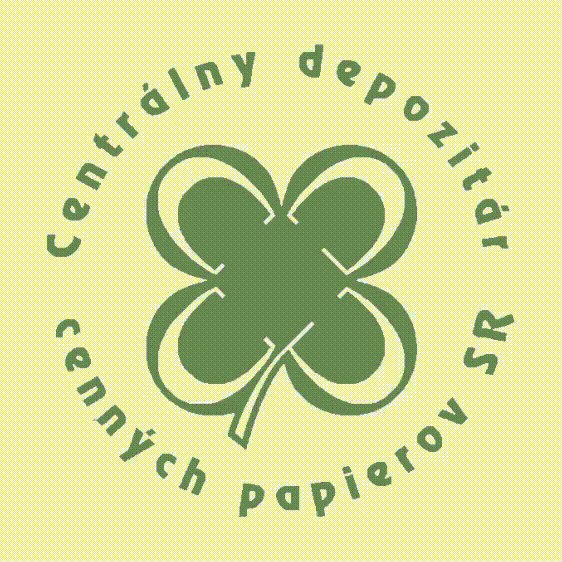The World Forum of Central Securities Depositories, this year held in Prague, addressed current topics in the area of post-trade processing that affect not only depositories but also their clients.
Digital transformation
On the topic of digital transformation and the DLT pilot regime, the forum debaters agreed that delivering of digital service should ensure efficient end-to-end processes and increase transparency for both investors and issuers. The implementation of new technologies, such as artificial intelligence or DLT, is expected to take place in phases and not in a one-off ‘big-bang’ mode. Financial innovations such as digital transformation should be supported by appropriate processes. Although DLT technology is expected to substitute centralised institution like a central depository on the market, the reality is that the functions of depository – such as ensuring integrity of an issue or settlement certainty – should continue to be provided by an institution in the future. Therefor the depositories eventually could have a role of trusted central entity. It is clear that AI and DLT technologies are particularly suitable for use with digital assets. In the area of post-trade processing, new technologies could bring benefits related to the integration of markets, shortening of settlement cycle, transparency, operational resilience as well as cost reduction. However, we should not expect these benefits to materialise from the day 1 of the implementation of new technologies; an entire ecosystem will need to be built for this to happen.
New technologies are not suitable for all areas of the financial market. According to some views, DLT does not work for the secondary market (trading), but works well for clearing and settlement and corporate actions. Despite the implementation of new technologies, problems may still be caused by inconsistent execution of corporate actions by different issuers. At the same time, the use of new technologies has some limitations. When private keys are used, the assets in a digital wallet become ‘untouchable’, but in order to use this technology in practice, it must be possible to transfer assets – including securities – also on the order of a third party, e.g. a court. In the future, a global DLT Target 2-Securities settlement system could also be built on DLT technology.

Transition to ISO 20022
Implementation of the ISO 20022 message standard in the post-trade area, which is intended to replace the ISO 15022 standard widely used by financial institutions today, has been a long-standing topic of discussion. The question of coexistence of the two message standards was addressed by the chairman of the ISO message working group set up by the depositories association ECSDA. We now live in a world where several standards are used for the same sector, and not just in the financial market. Multiple standards can therefore coexist or it is possible to move to the application of one standard only. In the case of ISO messages, there is a number of benefits in favour of transition to the ISO 20022 – ISO 20022 has broader information and structure that is used e.g. for payments or general meetings, is required by a number of regulatory requirements or market infrastructures like SRD II, T2S, ECMS and some depositories, and is recommended by market standards such as SCoRE. The ISO 20022 data dictionary may be adopted by future means of communication, for example API.
The use of ISO 20022 for general meetings and shareholder identification is proceeding, particularly as a result of the SRDII implementation and for other corporate actions due to implementation of the SCoRE standards, but complete discontinuation of the use of ISO 15022 in these areas can only be expected after a sufficiently long transition period. In addition, conversion between the two standards is not recommended in case of general meetings reports, as ISO 15022 also contains text fields that cannot be converted error-free.
On the other hand, as regards the settlement and reconciliation, there is only a limited business case for a full migration to ISO 20022 as this standard is offered by depositories participating in the T2-S. In these areas, depository participants mainly use ISO 15022 and have little interest in migrating to the higher standard. For settlement and reconciliation messages, conversion between the two standards is possible. Regardless the above, coexistence of the two standards is complicated as it is complex and requires maintenance of two systems.
The European Central Securities Depositories Association (ECSDA) working group encourages discontinuation of the ISO 15022 application for corporate actions and market claims in 2030, i.e. five years after the 2nd wave of SCoRE standards implementation into operation. In relation to the general meetings, ECSDA recommends full transition to ISO 20022 in 2026, i.e. one year after implementation of Wave 2 of the SCoRE standards. As regards settlements and reconciliations, the ECSDA expects coexistence of the both standards and in the area of shareholder identification a plan to move to ISO 20022 is not necessary as mentioned standard is already in use.
In addition, the SWIFT performs update of the reports for ISO 20022 on annual basis. However, not all financial institutions implement such update to their systems and therefore multiple report versions are used in parallel. There is thus opportunity for CSDs to agree with participants on the version of the messages and do a collective upgrade.
AMI-SeCo plans to migrate central banks, counterparties and custodians to ISO 20022 within 2-3 years. The migration should be gradual and a special working group is to be established to support this process.
Author: Dagmar Kopuncová

